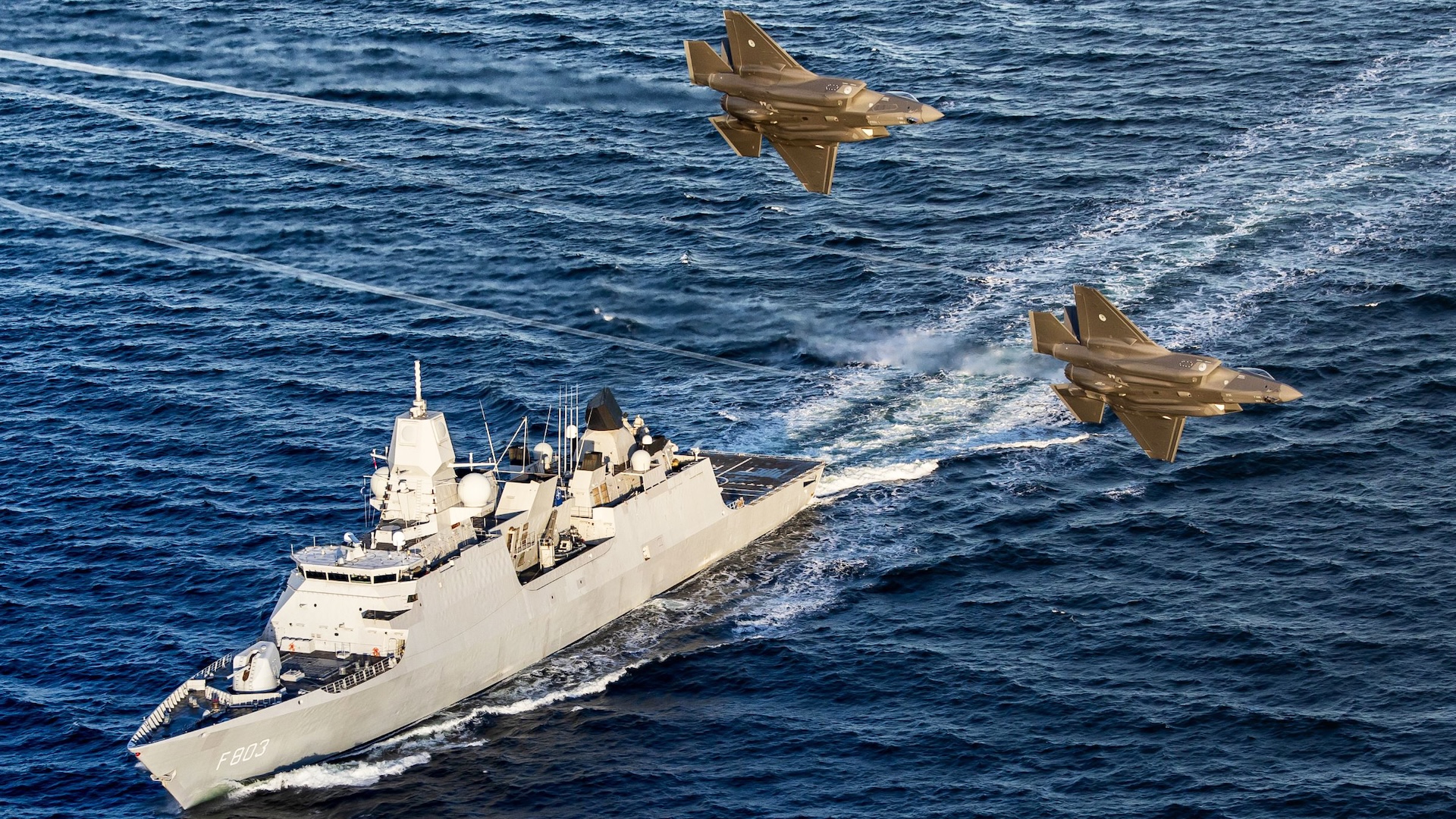NATO’s Supreme Headquarters Allied Powers Europe (SHAPE) has confirmed to TWZ that four Dutch F-35A stealth fighters are now also participating in Baltic Sentry, a mission intended to ensure the security of critical undersea infrastructure in the region. The jets were already in the region as part of the alliance’s Baltic Air Policing mission.
Earlier this week, the Dutch Ministry of Defense released photos showing Royal Netherlands Air Force (RNLAF) F-35s flying over the two Dutch warships involved in Baltic Sentry, the De Zeven Provinciën class frigate HNLMS Tromp and the hydrographic survey vessel HNLMS Luymes. However, it hadn’t previously been confirmed that the combat jets were also directly contributing to this mission.
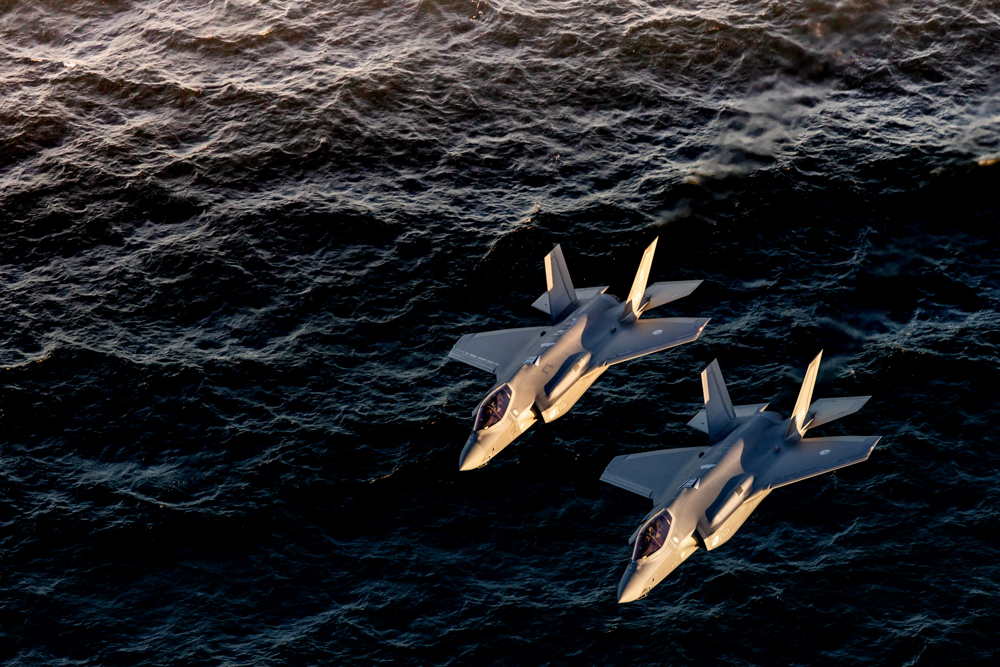
SHAPE provided TWZ with the following details about the involvement of Dutch F-35s in Baltic Sentry:
“Understanding the environment so we can prevent, mitigate, or respond to an identified threat, including damage to critical undersea infrastructure, is what an activity like NATO’s Baltic Sentry is all about. F-35s, along with other maritime patrol aircraft, assist in that regard. By operating in a multitude of domains, including the air domain, we increase our understanding, which the multirole F-35 can do very expediently.”
Since the beginning of December, the RNLAF currently has had four F-35s deployed at Ämari Air Base in Estonia. They are there for the Baltic Air Policing mission, under which NATO air forces take turns deploying to air bases in Lithuania and Estonia, on a four-month rotational basis since the three Baltic states don’t have combat aircraft able to provide air policing over their own territories.
Baltic Air Policing involves frequent interceptions of Russian Armed Forces aircraft moving between the heavily militarized Russian exclave of Kaliningrad and mainland Russia. These aircraft often fly close to NATO airspace without using transponders, communicating with air traffic control, or having filed a flight plan. This requires visual identification by NATO fighters on quick reaction alert.
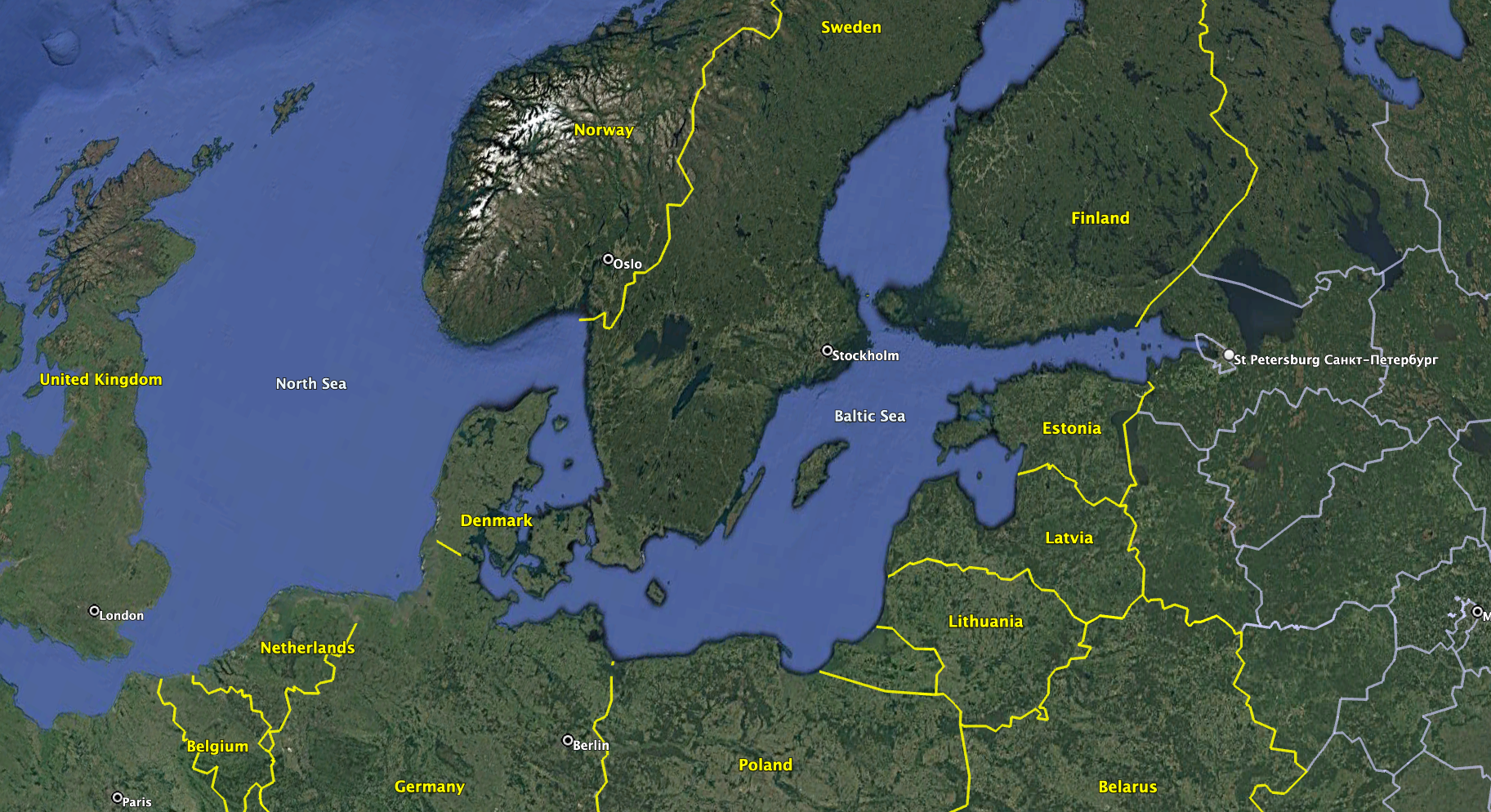
Now, on top of these duties, the Dutch F-35s are flying at least some sorties for Baltic Sentry, a NATO mission that was launched earlier this week. It’s also part of a growing Dutch military presence on NATO’s eastern flank, which also includes ground troops as part of the alliance’s enhanced Forward Presence (eFP) posture in Lithuania.
As you can read here, Baltic Sentry was established in response to possible sabotage actions on the Baltic seabed between Finland and Estonia. Most notably, in late December, the Estlink 2 undersea power cable and four telecommunications were damaged here, with suspicion falling upon the Russian-linked Eagle S oil tanker. The ship, found to be brimming with spy equipment, was seized by Finnish authorities for further investigation.
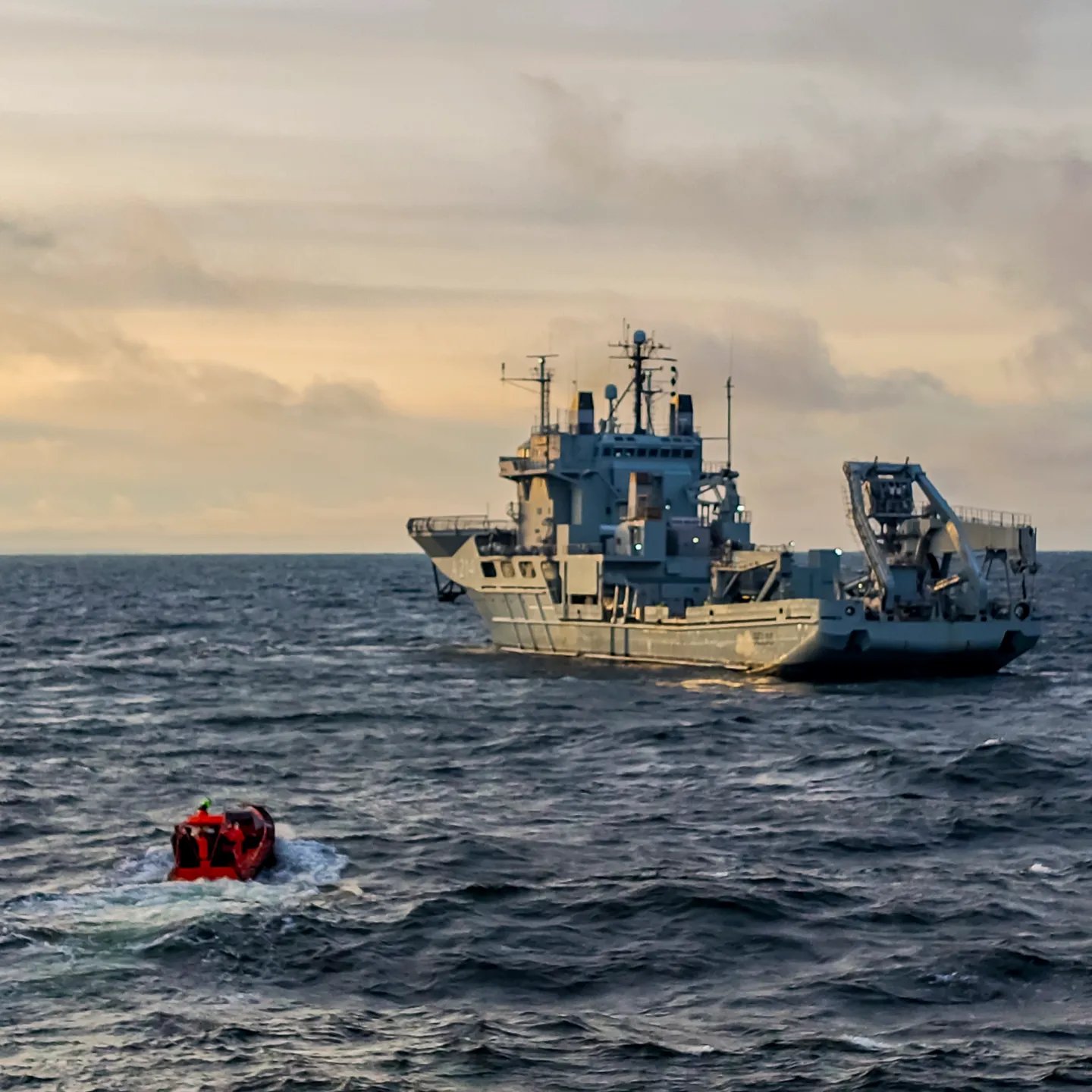
A video of the Eagle S after it was seized by Finnish authorities:

Before this incident, in November, Germany said damage to two communication cables running under the Baltic Sea was most likely the result of sabotage. One of the cables in question runs between the Swedish island of Gotland and Lithuania, and the other between Finland and Germany.
A Chinese cargo vessel, the Yi Peng 3, is at the center of allegations surrounding that damage, having been identified as operating near the cables when the incidents occurred. Subsequently, the Swedish Minister of Defense announced that the Norbalt undersea power cable linking Sweden with Lithuania was likely also purposely damaged by the Yi Peng 3.
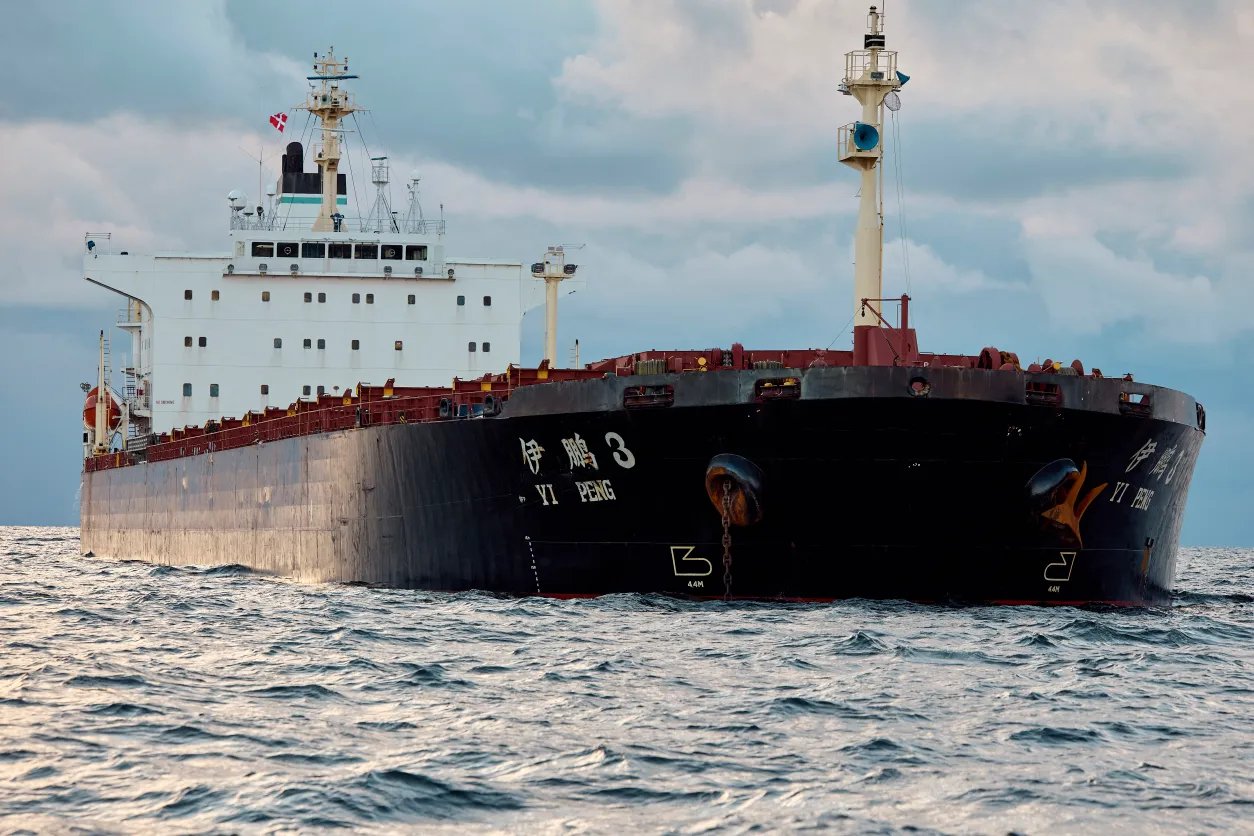
Baltic Sentry is primarily a vigilance mission, to ensure the security of critical submarine infrastructure, such as energy and data cables. For this purpose, it is mainly involving surface ships and maritime patrol aircraft, although, as we have recently discussed, at least 20 uncrewed surface vessels (USVs) will join the NATO effort in the coming weeks.
In the context of the Dutch contribution, the survey vessel HNLMS Luymes is also currently the flagship of Standing NATO Mine Countermeasures Group 1, while the frigate HNLMS Tromp is also currently deployed as the flagship of the maritime mission. These two vessels are due to be joined next week by the Alkmaar class minehunters HNLMS Schiedam. The Dutch Ministry of Defense plans for these vessels to continue their Baltic Sentry mission at least until the end of February.
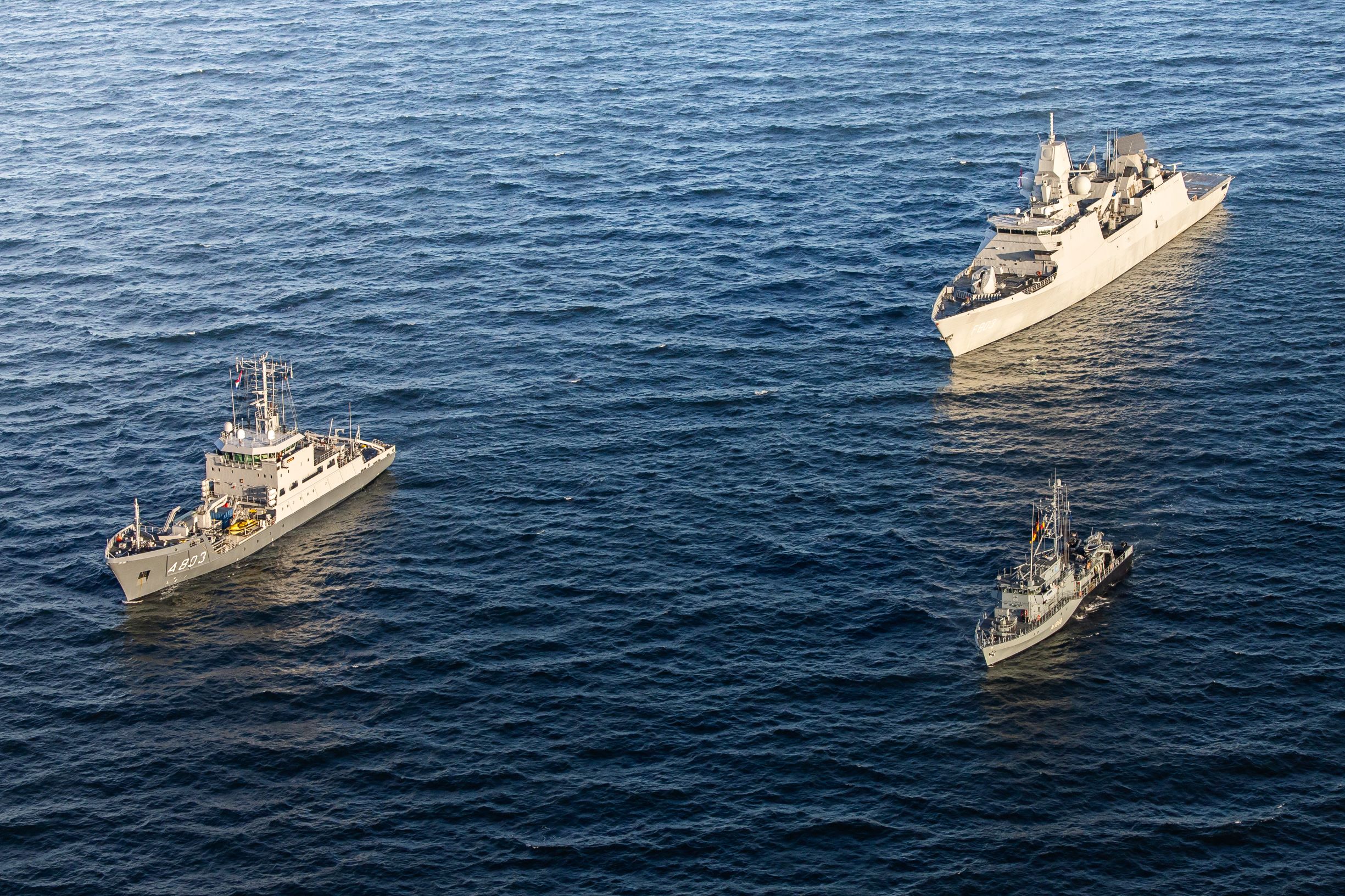
Other vessels are also set to join the mission. NATO Maritime Command announced today on X the addition of a Finnish ship, the Hamina class missile boat Pori, and yesterday the addition of a Swedish ship, the corvette Visby, to Baltic Sentry.
“With this contribution, we are demonstrating our determination to step up our efforts,” said Vice Adm. René Tas, commander of the Royal Netherlands Navy. “We are making our presence and vigilance known and thus securing our submarine infrastructure. It is essential for the alliance to prevent destabilizing activities by deterrence on the one hand and by taking action if deterrence proves ineffective on the other.”
As for the F-35s, these provide an entirely different set of surveillance capabilities to the Baltic Sentry mission. Previously, NATO had only mentioned that an unspecified number of crewed maritime patrol aircraft had been committed to Baltic Sentry, but not that fighter jets would also become involved.
A video published earlier this month shows Dutch F-35s operating from Estonia for the Baltic Air Policing mission:

However, the jets are able to rapidly cover the Baltic Sea area, most importantly being able to very rapidly respond to suspect activities on the surface of the water. As well as providing visual reconnaissance and ‘shows of force’ if required — for example, flying low over a vessel suspected of suspicious activity — the F-35 is also well equipped with organic electronic intelligence-gathering capabilities.
As we have written about in the past, the F-35 is highly proficient at sucking up electronic signals, quickly classifying and geolocating them, and displaying them for the aircraft’s pilot. In an air combat context, this would typically include electronic emissions from hostile radars and air defense nodes, but its passive antennas can collect radio-frequency emissions of other kinds, also relevant in a maritime environment.
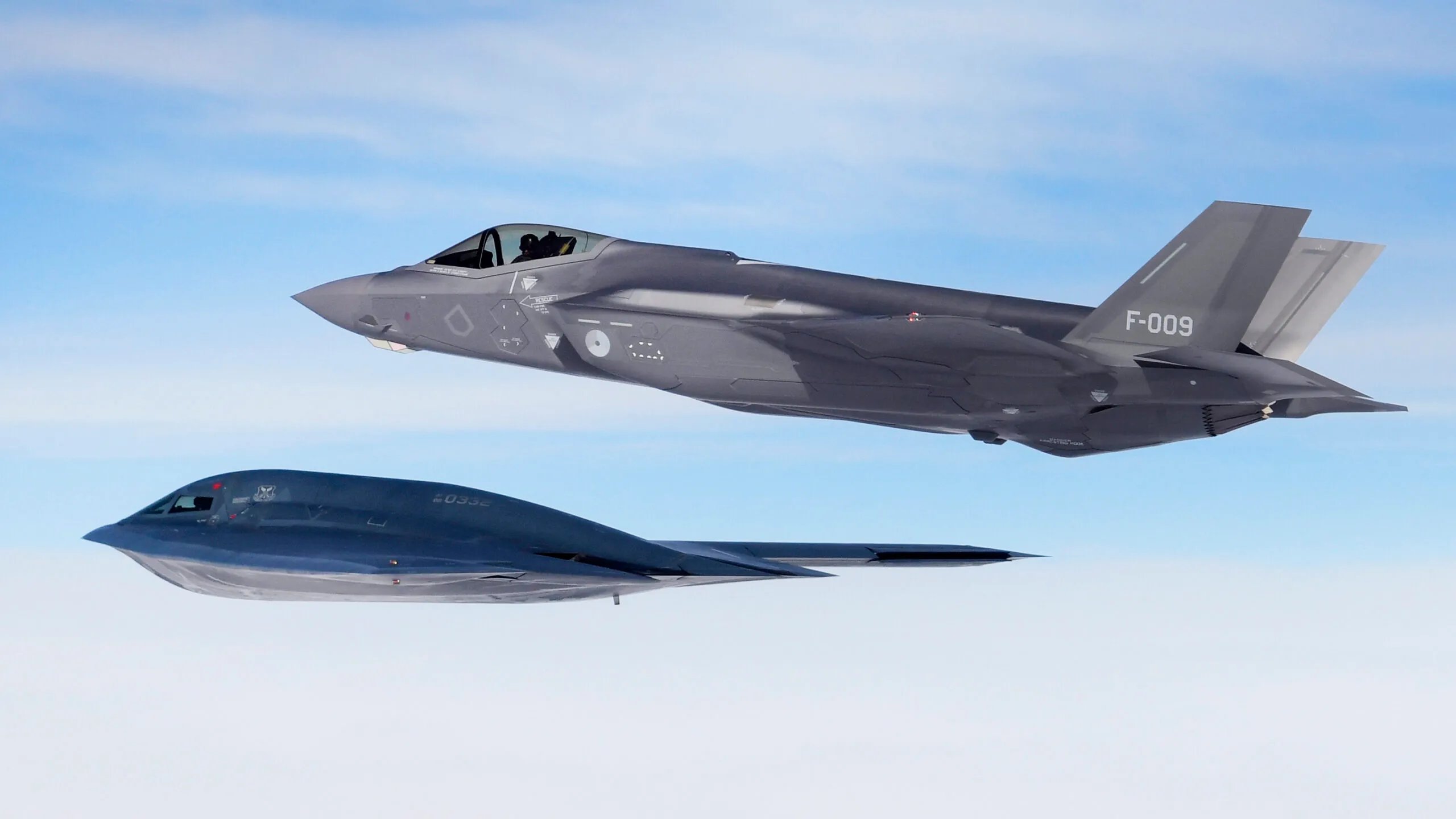
More generally, NATO surveillance is also drawing upon artificial intelligence capabilities, specifically under the U.K.-led Joint Expeditionary Force (JEF). This system was set up to protect critical undersea infrastructure and “harnesses AI to assess data from a range of sources, including the Automatic Identification System (AIS) ships use to broadcast their position, to calculate the risk posed by each vessel entering areas of interest,” according to the British Ministry of Defense. You can read more about it here.
In September of last year, the RNLAF announced that the F-35 had attained full operational capability, meaning that the stealth fighter was now responsible for the full spectrum of missions previously handled by the F-16, including the nuclear strike role. The last Dutch F-16s were formally retired in the same month, after 45 years of service, as you can read about here.
Nevertheless, with only four Dutch F-35s in the Baltic, the level of availability that they can offer to the Baltic Sentry mission, on top of the more regular Baltic Air Policing, remains questionable. Should Baltic Sentry require additional combat jets for patrols and surveillance, then it would have to call upon other air forces in the region or rely on RNLAF jets flying from their home bases in the Netherlands.
TWZ has reached out to the RNLAF for more details about how the F-35s will be used in the new mission.
In the meantime, the contribution of Dutch F-35s to Baltic Sentry is certainly an interesting one. As the alliance seeks to better protect critical undersea infrastructure in the region, the stealth fighters provide a very visible reminder of NATO’s maritime presence, as well as a considerable boost to situational awareness.
Contact the author: thomas@thewarzone.com
